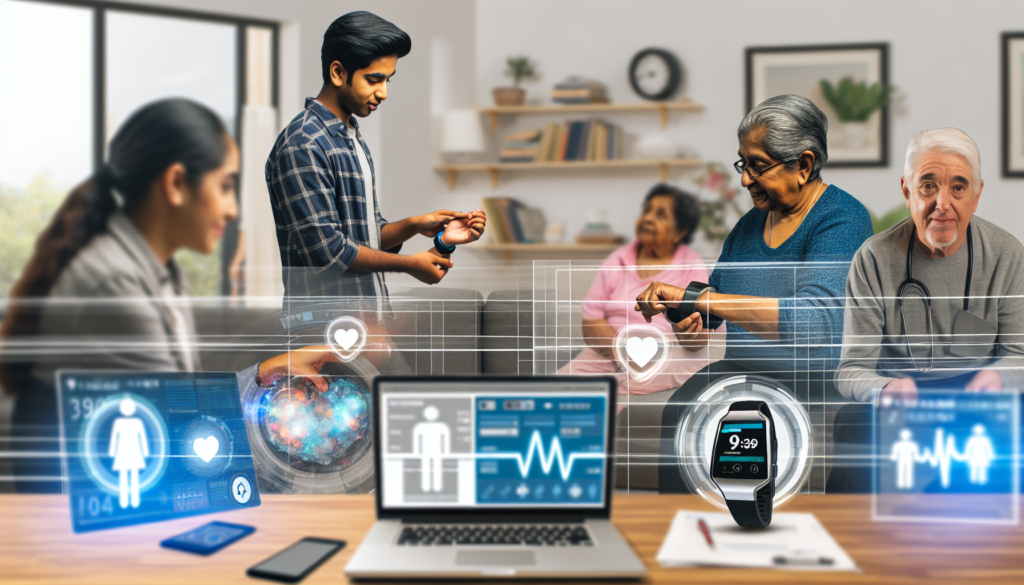Title: “The Role of Technology in Streamlining Home Health Care”
Content:
Technology is revolutionizing every facet of our lives – and health care is no exception. In particular, the home health care landscape is witnessing remarkable advancements that not only streamline service delivery but also enhance the quality of care.
In today’s digital age, technology is providing unprecedented opportunities for home health care patients and their caregivers. From managing chronic conditions to tracking treatment progress, technology is transforming the traditional ways of delivering home health care.
Telehealth: A Virtual Lifeline
Telehealth is becoming an increasingly important aspect of home health care. It allows patients to consult with their health care providers remotely, reducing the need for physical visits. This is especially beneficial for home-bound patients with mobility challenges or those living in remote areas.
Remote Patient Monitoring
Remote patient monitoring (RPM) involves the use of digital technologies to gather patient health data outside of traditional healthcare environments. RPM tools can monitor vital signs, blood sugar levels, heart rate, and other important health indicators. They promptly alert health care providers in case of any abnormalities, enabling them to take immediate action to prevent complications.
Electronic Health Records
Electronic health records (EHRs) allow for the systematic collection of patient health information, including medical history, medications, lab results, and treatment plans. EHRs can be accessed by multiple authorized health care professionals from any location, ensuring the continuity of care and reducing the risk of medical errors and duplications.
MHealth Applications
Mobile health (mHealth) applications are becoming increasingly popular as they allow patients to play an active role in their health care. These applications can help manage chronic conditions, remind patients to take their medication, and provide valuable insights into their overall wellbeing.
Despite these advancements, the adoption of technology in home health care is not without its challenges. Issues such as data security, patient privacy, and technological literacy can pose significant hurdles. However, as our world becomes increasingly digital, the benefits of incorporating technology into home health care are too great to ignore.
Conclusion
As technology continues to evolve rapidly, it is set to play an increasingly critical role in enhancing home health care. By leveraging the power of technology, home health care can become more efficient, personalized, and patient-centric, fulfilling the all4.health blog’s mission to support and enhance the home health care journey of every individual.



